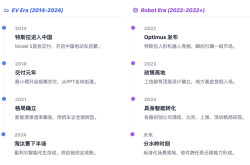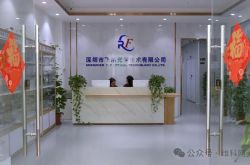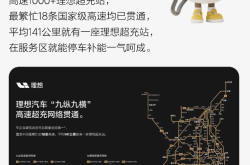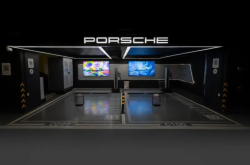Is Bus Delivery Embracing a New Trend? Will Express Delivery Become a Lucrative Venture for Bus Companies?
![]() 07/28 2025
07/28 2025
![]() 568
568
In recent years, the logistics industry has witnessed an unrelenting wave of innovations. Among these, bus delivery has emerged as a burgeoning trend, with numerous bus companies partnering with express delivery enterprises. Could this collaboration herald a new profitable venture for bus companies?
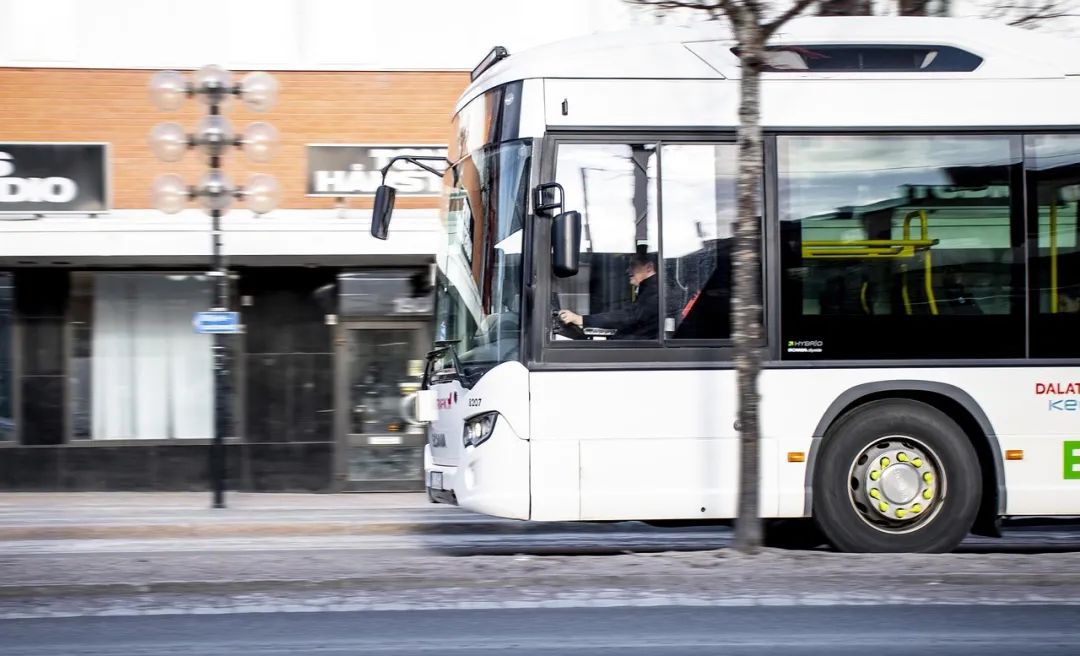
I. Is Bus Delivery Indeed Becoming a Trend?
According to China News Weekly, an increasing number of city bus groups are forging collaborations with express logistics firms.
Recently, Zhengzhou Bus Group announced its partnership with SF Express, aiming to jointly explore a novel "bus + logistics + ecosystem" integration model. Over the past two months, Nanjing Bus Group and Chengdu Bus Group have also signed cooperation agreements with SF Express.
Incomplete statistics from China News Weekly reveal that SF Express is implementing the "express + bus" model in numerous cities, including Xi'an, Wuhan, Lanzhou, and others.
Information on Zhengzhou Bus's official WeChat account indicates that an intelligent express sorting line has been established at the Zhengzhou Bus Fogang Depot Vehicle Maintenance Workshop. In the future, SF Express will utilize buses to transport goods from its major transfer center to this depot, where they will be sorted and then delivered by couriers.
Zhengzhou Bus Group operates an extensive network of bus routes and possesses ample depot resources. As of December 2024, it operated 361 bus routes and managed 136 bus depots.
Unlike Zhengzhou, which has just signed the agreement, Nanjing Bus Group, which partnered with SF Express in May this year, already has bus routes involved in express delivery. Nanjing News reports that since May 1, Nanjing Bus and SF Express have launched a new "same-city express line" model for Route 503, connecting "Liuhe North Station - Gulou Bus Terminal." This route bridges urban and rural areas through the "bus + express" model, enabling Liuhe's agricultural specialties to be "picked in the morning, sent in the afternoon, and served at lunchtime."
Specifically, in the morning, couriers place express packages in the "Xiaolanjing SF Express Half-Day Delivery Warehouse" located at the rear of the bus at Liuhe North Station. Roughly two hours later, the bus arrives at Gulou Bus Terminal, where couriers unload the packages and complete the final deliveries.
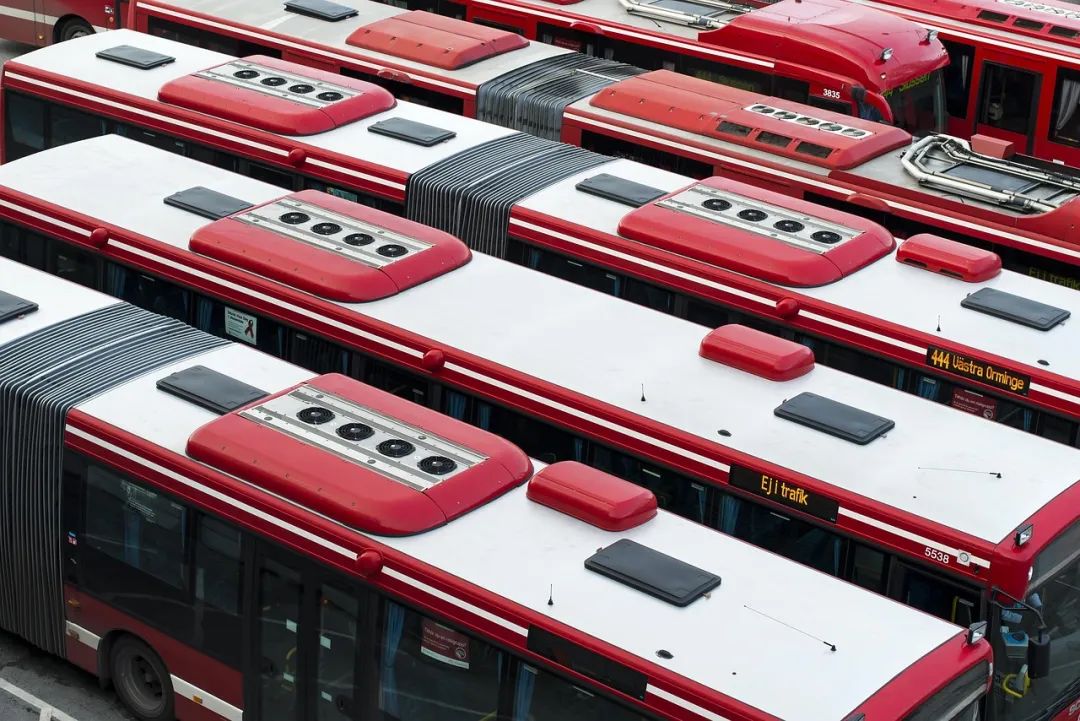
II. Will Express Delivery Become a Lucrative Venture for Bus Companies?
How should we perceive the current practice of express delivery companies leveraging buses for deliveries? Could express delivery become a profitable business venture for bus companies in the future?
Firstly, buses have gradually ceded their dominant position in urban transportation. With the rapid socio-economic development and the proliferation of private cars, many families now own vehicles, facilitating daily travel and enhancing convenience and comfort. Additionally, urban rail transit is undergoing rapid development nationwide. Subway, light rail, and other rail transit modes, known for their punctuality, efficiency, and speed, have attracted a significant number of passengers who previously used buses. According to data from the Ministry of Transport, the national bus passenger flow has declined by approximately half since 2014. Behind this data lies the reality that a large number of buses often operate with empty carriages, and the underutilization of bus transport capacity has become the norm.
During morning and evening rush hours in cities, although bus passenger flow is relatively concentrated, it still exhibits a marked downward trend compared to the past. During off-peak hours, the empty load rate of buses remains high. On some remote or suburban routes, due to low population density and passenger flow, coupled with competition from private cars and rail transit, bus operations face even greater challenges. In this scenario, a vast amount of bus vehicles, human resources, and related operating costs remain idle, constituting a significant waste of resources and economic pressure for bus companies. Several years ago, many regions began experiencing operational difficulties for bus companies, leading to unsustainable situations and even some problems.
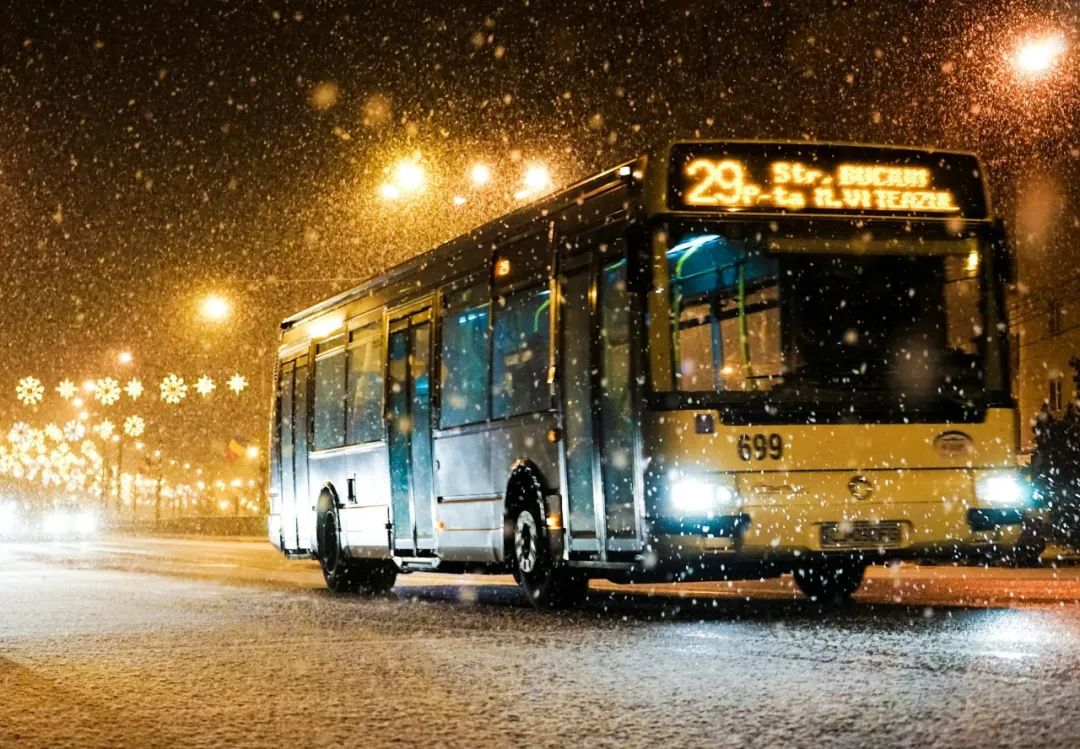
Secondly, bus companies facing operational difficulties have been seeking new avenues for survival. Confronted with a substantial amount of idle bus transport capacity, bus companies urgently need to find effective ways to activate these resources, realizing optimal resource allocation and improving economic benefits. Collaboration with express delivery companies has emerged as a trend-aligned choice.
Bus companies possess professional drivers, mature scheduling management systems, and bus route networks spanning every corner of the city. These resources hold immense potential value in the field of express delivery transportation. Meanwhile, the rapid development of the express delivery industry in recent years is evident. The latest data from the State Post Bureau shows that in 2024, the express delivery business volume and business revenue reached 174.5 billion items and 1.4 trillion yuan, respectively, with year-on-year increases of 21% and 13%. China's express delivery business volume has ranked first globally for 11 consecutive years. Express delivery companies are grappling with increasing business volumes and rising logistics cost pressures, particularly in the urban distribution segment, where issues like traffic congestion and vehicle restrictions persist. By partnering with bus companies, express delivery firms can leverage the buses' green channel to avoid peak traffic periods and routes, enhancing delivery efficiency and reducing logistics costs.
This collaboration between the two parties can achieve complementary advantages. Bus companies utilize idle transport capacity resources to engage in express delivery transportation, diversifying revenue sources. Express delivery companies, on the other hand, expand their distribution channels and enhance service quality. This cooperation model not only fosters a win-win situation for both parties but also alleviates urban traffic pressure to a certain extent, reducing resource waste and environmental pollution caused by repeated transportation.

Thirdly, bus companies' depot resources are increasingly valued by express delivery enterprises. After years of development, bus companies have amassed abundant depot resources distributed across various city regions, including the city center, commercial areas, residential areas, industrial parks, etc. These depots, with their extensive layout and large numbers, possess complete supporting facilities and convenient transportation conditions, providing a solid foundation for express delivery distribution and transfer.
In this context, utilizing buses to enhance express delivery transport capacity is timely. Bus vehicles can transport express packages from delivery outlets to various bus depots according to established routes and schedules, and then deliver the packages to recipients through sorting and distribution at the depots. This model maximizes the geographical advantages of bus depots and the transport capacity of bus vehicles, achieving efficient and convenient express delivery transportation.
For instance, special express sorting centers can be established at bus hub stations in major cities to concentrate, sort, and transfer express packages from different directions. During operations, bus vehicles can transport express packages to designated depots or community service points, where couriers will make the final deliveries.
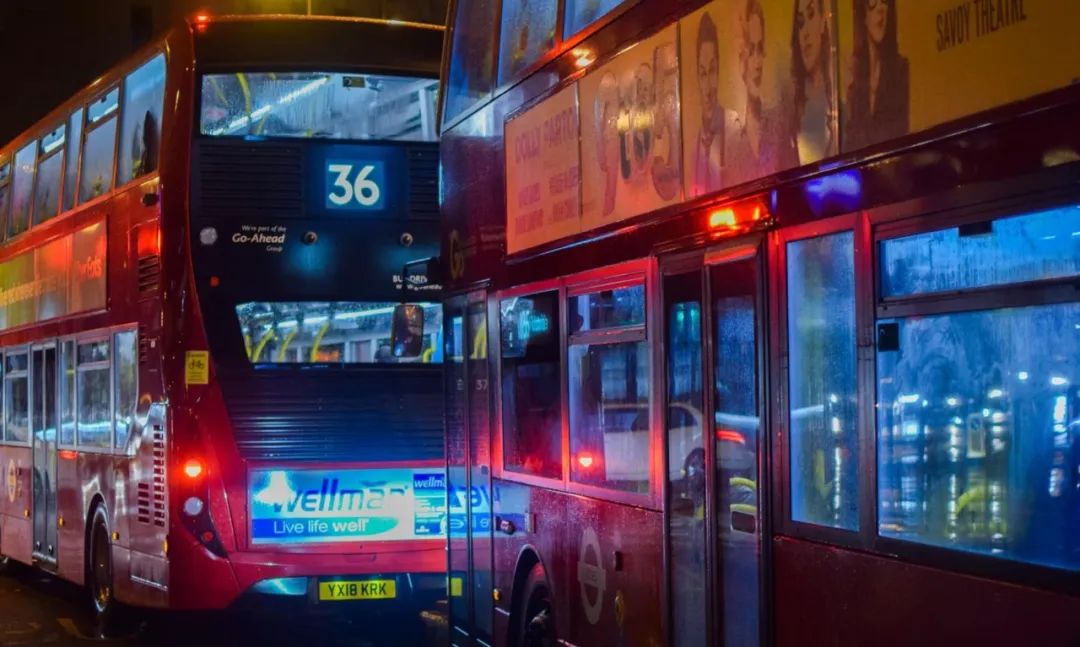
Fourthly, there are numerous possibilities for collaboration between bus companies and express delivery enterprises. The "bus + logistics" business model still holds untapped potential. On one hand, for logistics-underdeveloped markets, such as rural areas, fully utilizing local bus resources for goods distribution could significantly improve local logistics conditions and promote economic development. Especially in many remote rural areas where express delivery services are not yet fully accessible, the use of buses can vastly enhance logistics distribution efficiency.
On the other hand, with the rapid growth of e-commerce, consumer demand for express delivery services is on the rise, presenting new business growth opportunities for bus companies. By optimizing existing bus routes or establishing dedicated express delivery lines, bus companies can meet market demand while diversifying their business operations.
While the collaboration between bus companies and express delivery firms might initially seem unconventional, a closer examination reveals that this union undoubtedly holds more opportunities and potential. This explains the emergence of similar phenomena in various regions.

